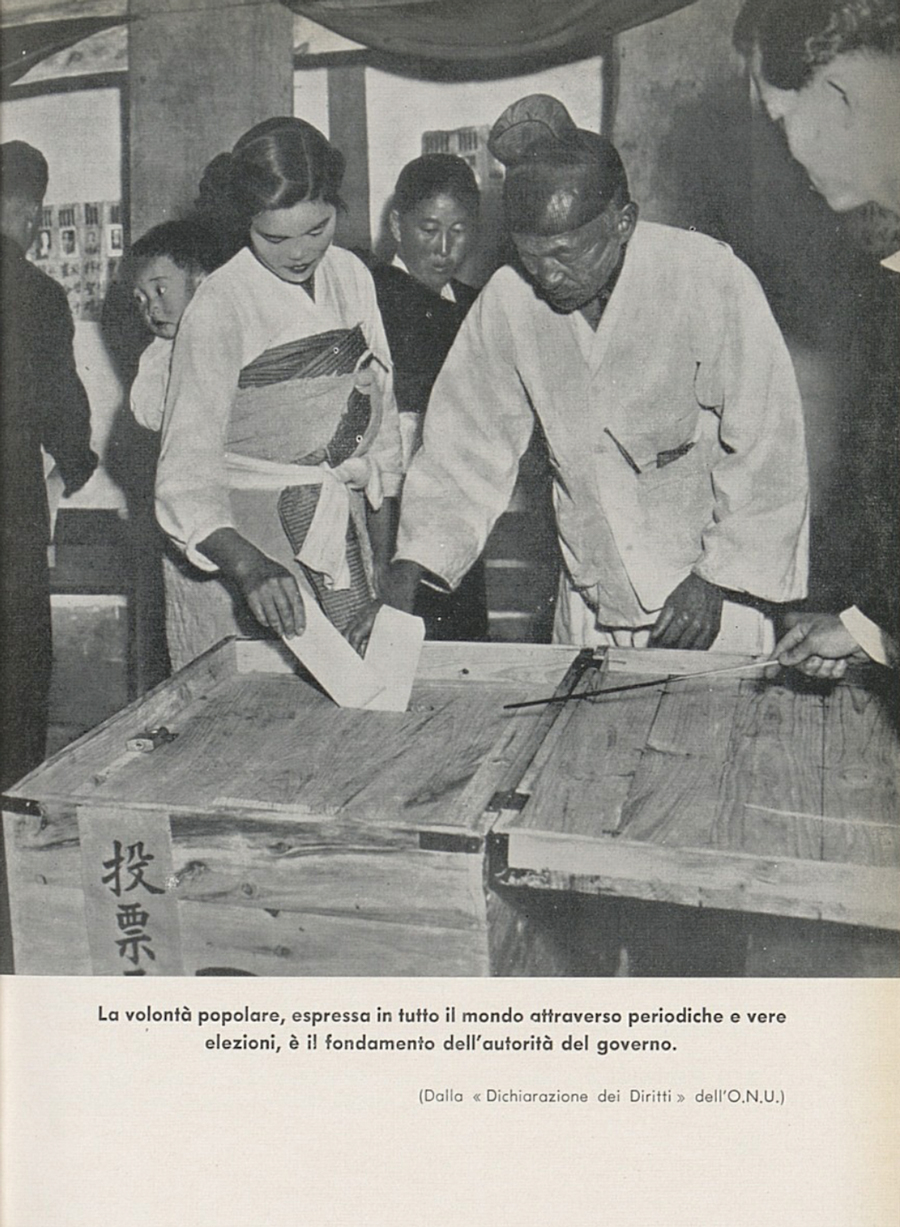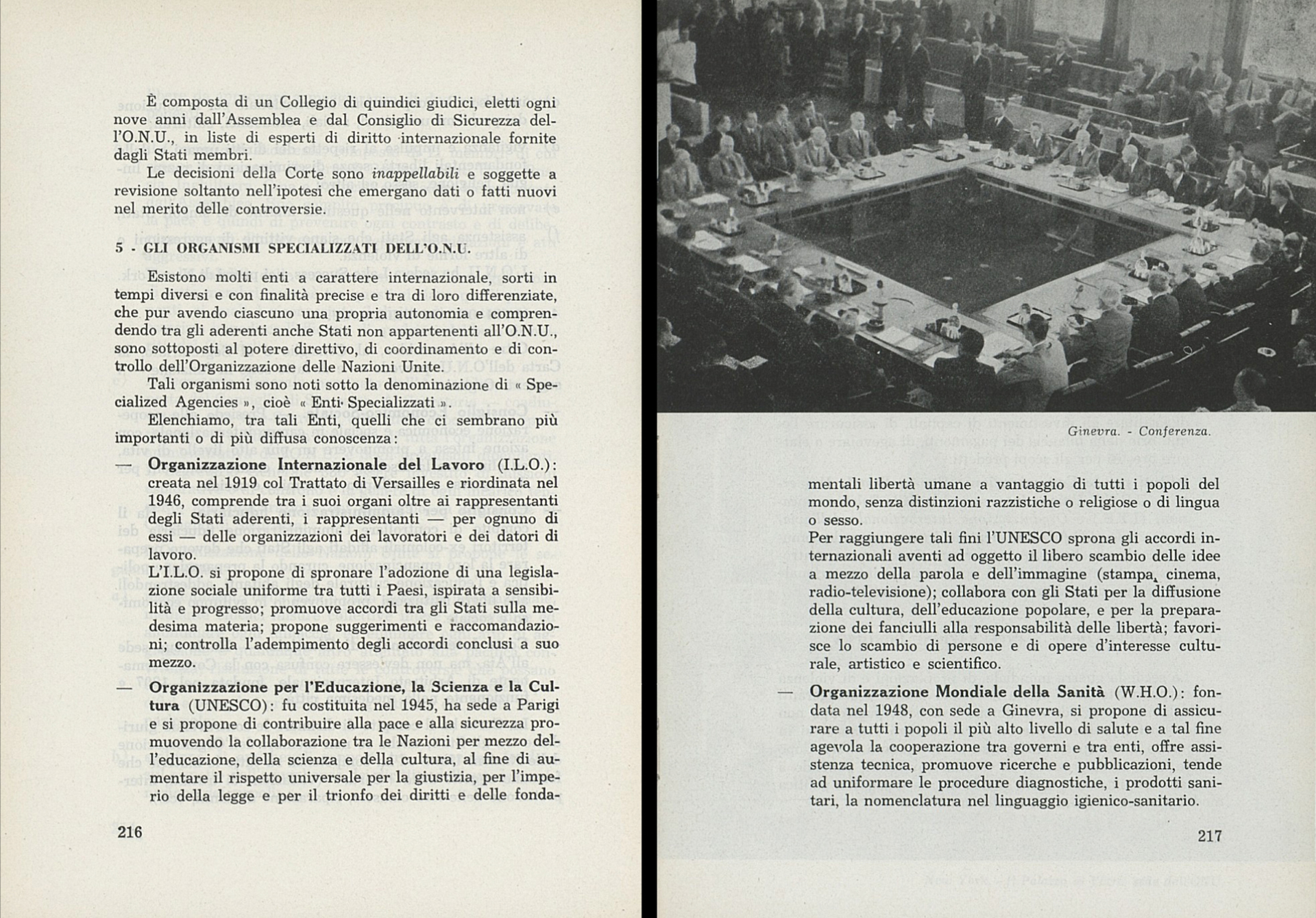The handbooks of and introductions to topics such as civic education have been, expectedly, a staple of Italian education over the past century or so, but certain periods saw a particular abundance of such textbooks and implicitly of approaches and pedagogical methods. Handbooks of civic education proliferated around the late 1950s and early 1960s, a fascinating period to anyone interested in the history of national curricula, as the world was trying then to put behind it the devastation of World War II and the moral and political turmoil it had entailed. A general feature of these books, including the five selected here (out of about two dozen examples available in our digital archive) is the optimistic note they strike and the confidence with which they envision a world dominated by cooperation and mutual interests.
This being said, there are also notable discordant notes one can distinguish in these handbooks. Some of them – e.g., Educazione civica per le scuole medie e di avviamento, Serafino Maiolo, 1958 – are squarely focused on Italian society and most mentions of other societies and cultures seem rather perfunctory or are uninformative if not downright misleading in their simplicity (see, e.g., the division of humankind into races on pp. 39-40). They tend to present fairly short, schematic overviews of the principles of international cooperation (pp. 153-158 in the same handbook).











